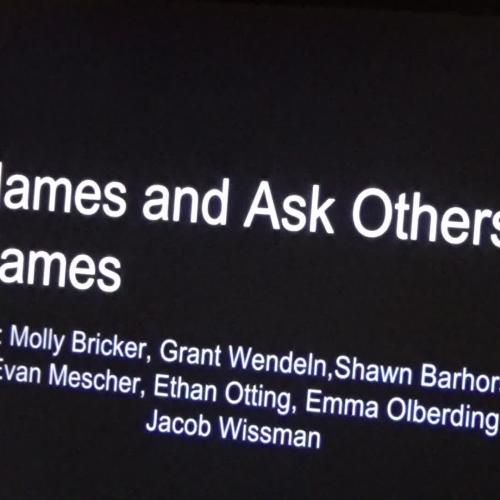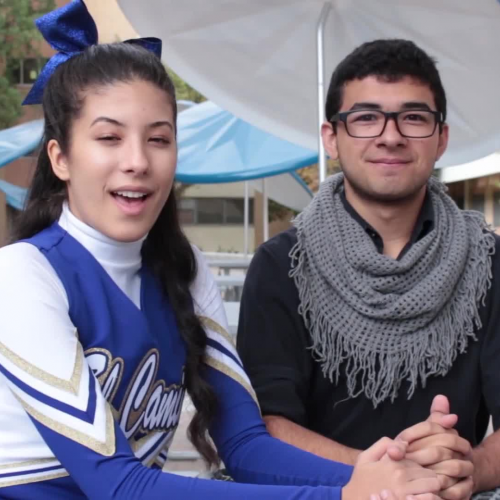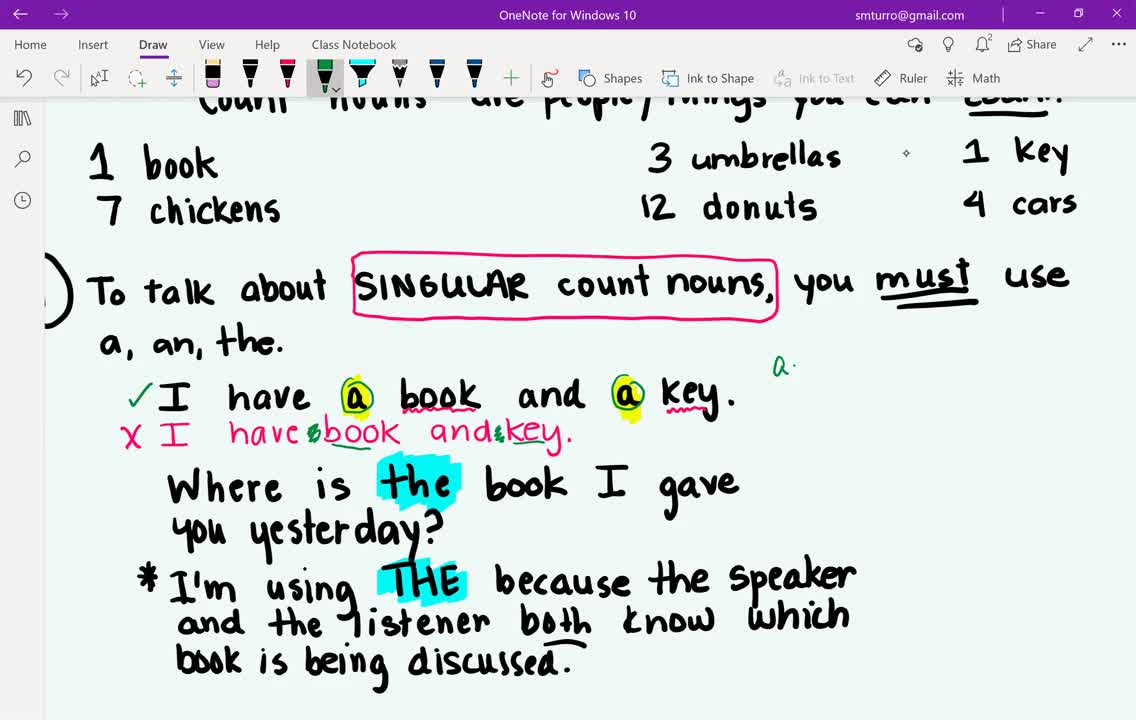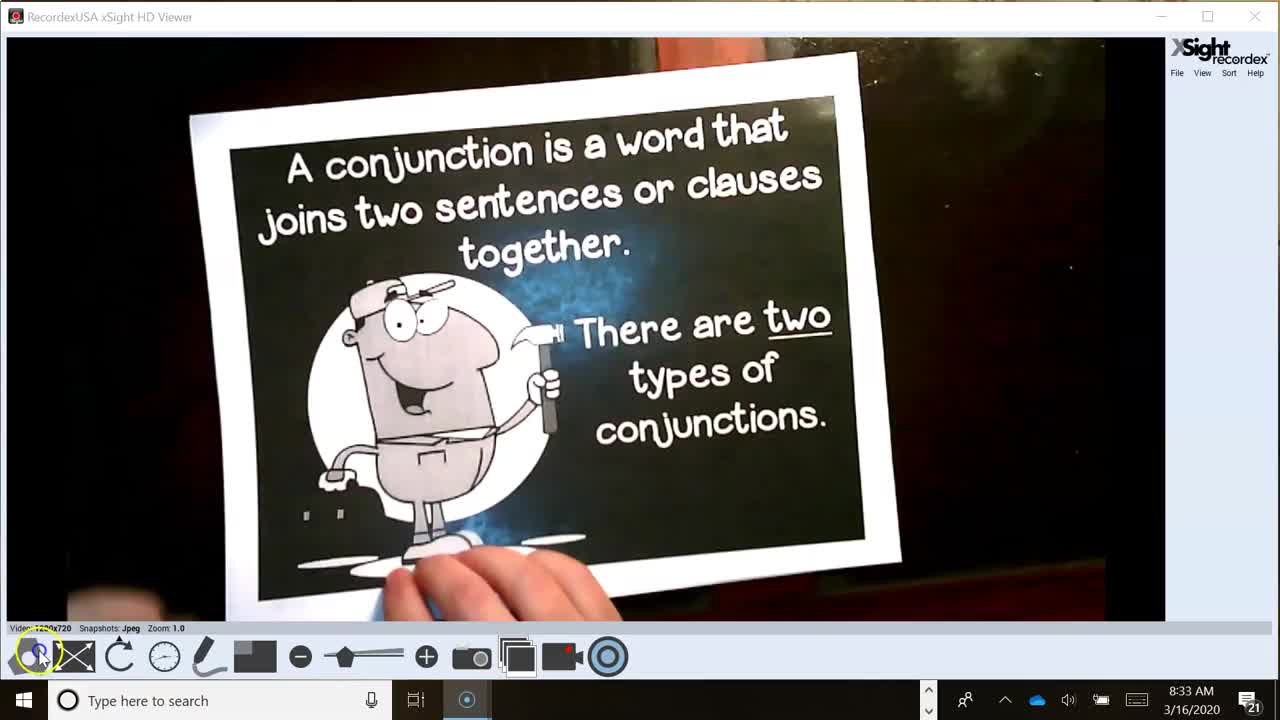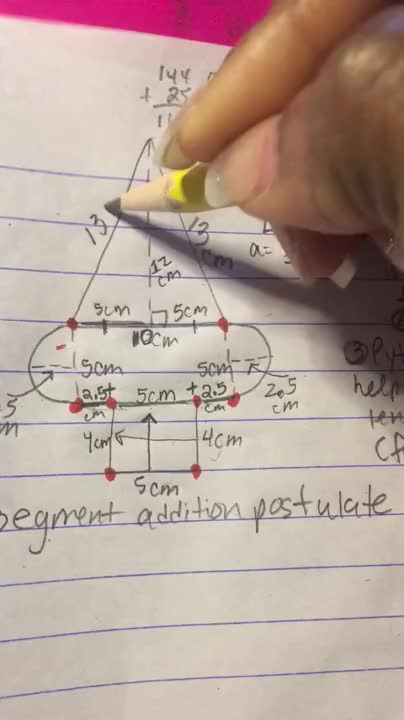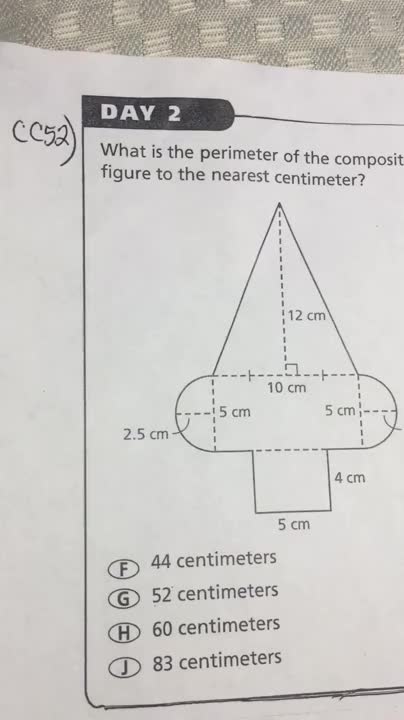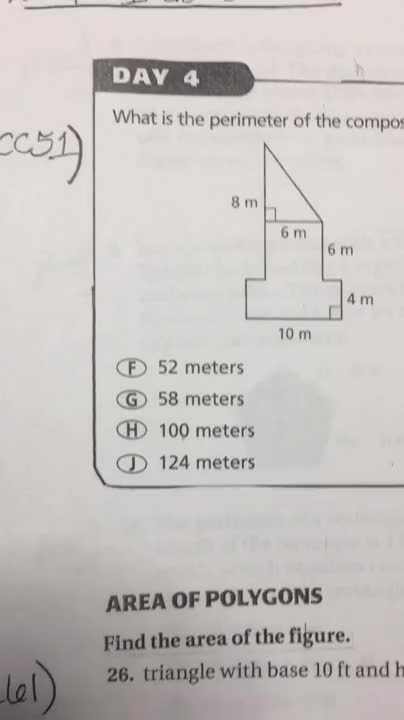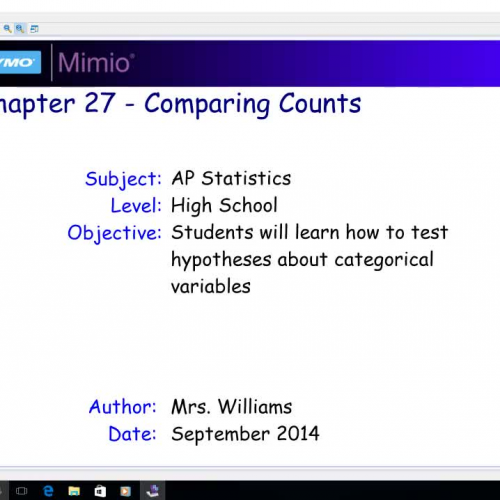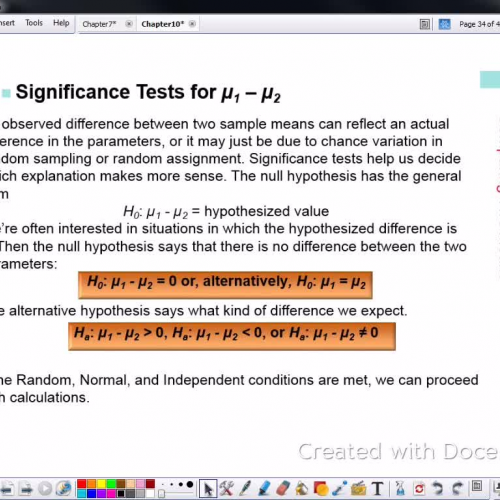Middle School Videos
Middle school is typically the 6th, 7th, and 8th grades in most countries. These years form something like a bridge between elementary school (K-5) and high school (grades 9-12). Students here are typically in the pre-teenage years, and this fact presents its own set of challenges.
Mainly, it’s because middle schoolers just start out with their years of puberty. Along with the changes in their physical bodies, there are also emotional and mental developments that can, in a way of saying, transform the kids. No longer are they the young kids of elementary school, but they are not yet as mature as the teens of high school. Thus, their learning styles are unlike the other two.
For one, middle schoolers highly value personal relationships at this stage. This spills over to learning, which means they prefer more personal interactions with their teachers in school. Dry, impersonal lecture classes are not as effective. The more detached students feel from the teachers, the worse they will perform.
Related to this is group size. Classes with a smaller number of students is preferable to larger classes. Middle schoolers tend to want to interact with each other in small groups.
Middle school kids also begin to think and act like grown-ups. As a consequence, defying authority is something common. But they don’t do that just to annoy their teachers. Rather, it’s just that they want their voices to be heard. Middle schoolers want to have a say in decision-making processes. They want others to listen to their opinions. So it’s always a good idea for middle schools to encourage their students to have a more active role in making decisions.
Social development is another key to make better middle schoolers. The focus should not just be on academic ability; social skills are equally important at this stage. Good relationships with peers, teachers, and parents should be encouraged and nurtured. This way, middle schoolers will be at their best more often.



